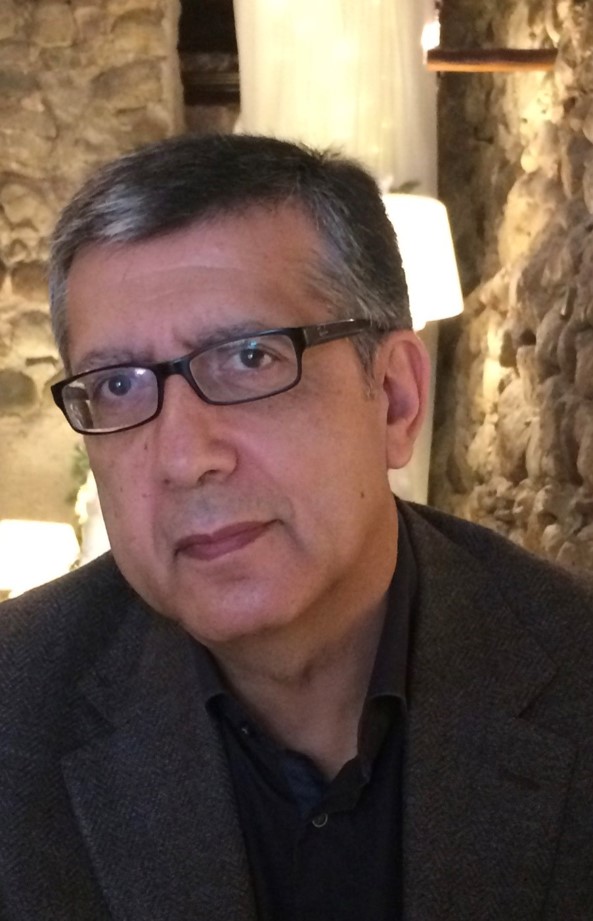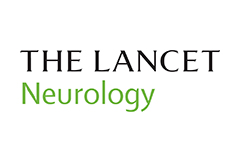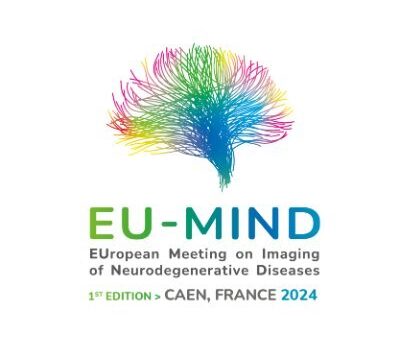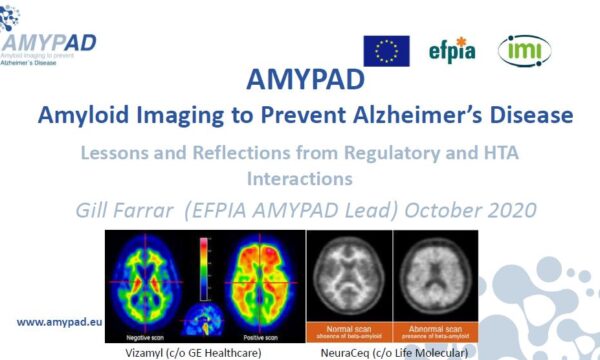What is your current role on AMYPAD?
I share the leadership of the WP3 with Giovanni Frisoni and I attend, on behalf of Andrew Stephens, the Chief Medical Officer of Piramal, the Executive Committee meetings where I provide the thoughts and contributions of the Piramal team to the whole AMYPAD project.
In the first week of August we submitted the protocol of the diagnostic and patient management study to the Swiss Ethics Committee. This is the result of a year intense collaboration between the academy, the industry, Alzheimer’s Europe and the European Medicines Agency in defining the objectives of the largest European study that will measure the impact of amyloid imaging on diagnostic thinking and its utility in clinical practice.
What is your overall vision ?
The development of innovative medicines is becoming more and more challenging especially in therapeutic areas where the unknowns are limiting the opportunity to successfully bring disease modifying therapies to the market.
The collaboration between public and private is therefore critical to success. This collaboration is creating the conditions to fund the required resources, and – most important – to facilitate the cross fertilisation of knowledge, that is exactly what is happening, day by day, in AMYPAD.
The future of medicine will require more and more public- private efforts and the IMI initiative is demonstrating to be a very effective way to facilitate this collaboration and to create a solid infrastructure that will generate more and more research projects.
What do you find most challenging about the project?
The most important challenge was to integrate the diagnostic and patient management study in the clinical routine of eight centers with different diagnostic approaches. The intense dialogue we had with the principal Investigators of the eight centers enabled us to design a study perfectly integrated in different realities and, most important, to have different perspective and dramatically improve the study design and methodology.



